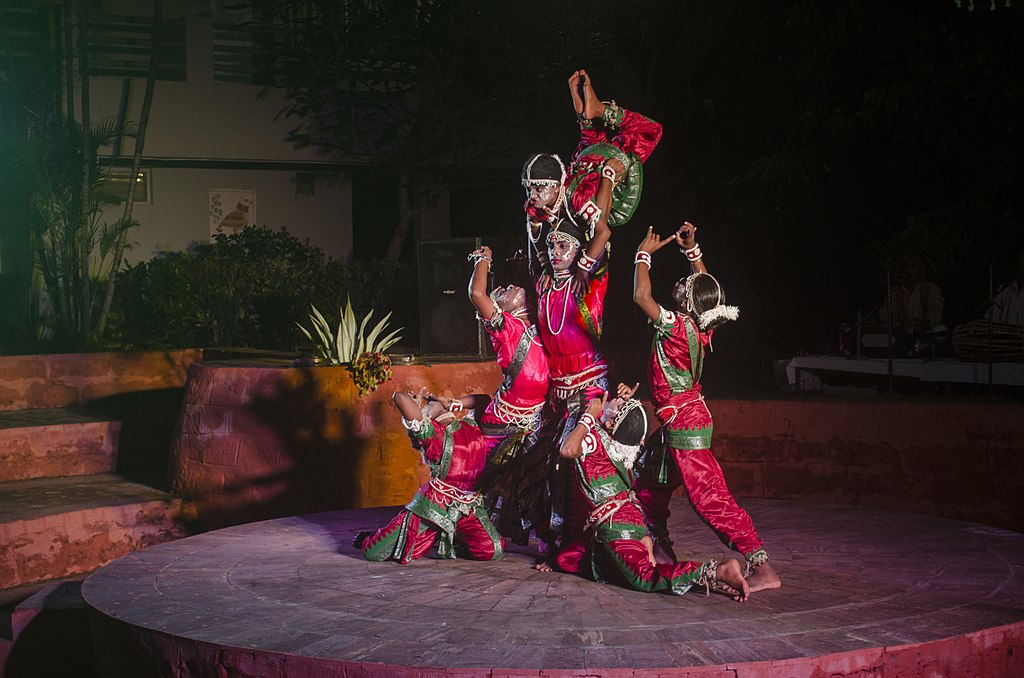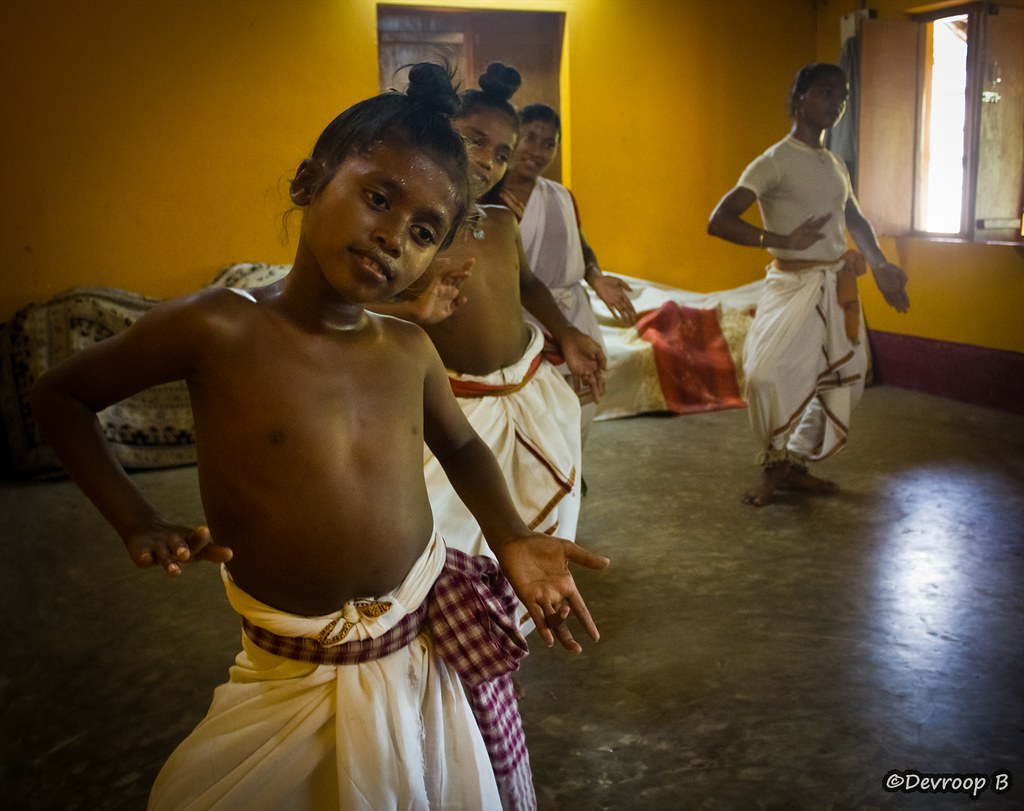Odisha has many renowned dance forms, like Odissi, Gotipua, Chhau, Ghumura and many more. Of them, Gotipua dance is one of the most peculiar dance forms still practised today.
The worldwide acknowledged dance form of Gotipua originated in the cultural hub of Odisha, Puri. History says that the dance form emerged in the early 16th century. But what makes it unique is that its performers who are predominantly pre-pubescent boys (aged 3 to 12) are dressed in female attires. As most of the aspects of Odissi have been taken from the Gotipua dance, watching Gotipua dancers perform is an important learning experience for Odissi trainees.

History of Gotipua
In the days before the Mughals, temples had dedicated female artistes who had vowed to served the temple for their whole life. They were called Devdasis. In addition to cleaning and serving at the temple, devdasis were supposed to dance for temple ceremonies. However, many consider it to be a very exploitative system and it was banned in 1988.
One school of thought believes that with the coming of Mughals, the Devdasi system came to an end. The temple priests and elite people chose boys from poor families to dance for the deity so as to carry forward the legacy.
The other story is related to the famous Bhakti saint of this region, Chaitanya Mahaprabhu. He wanted dance troupes to perform in the procession of Lord Jagannath. However, the priests refused his request because they believed devadasis could not perform the dance during their menstrual period. They were of the opinion that it would make the ceremony impure. So, to satisfy both sides, young boys were chosen to dance for the deity.
You can read our another post on Progress of Bee Keeping in Odisha
During this time, Odisha underwent social and political turmoil as both the Mughal and the Afghans were trying to take control of the state. To fight against them, ‘akhadas’ were constructed. The young boys were given physical training to become fighters. They were even trained in dancing to make them a part of the temples so that they could protect the temples of Odisha from the external threats.
Training Process
The boys are chosen exclusively from very poor families at a very tender age. They are trained under expert gurus followed by a rigorous training. The tedious training process includes sessions of yoga, massages, acrobatic exercises, formal schoolwork, and hours of rigorous practice. Families consider it a great respect if their child is selected to be a Gotipua, as they are often referred to as ‘god’s own children’.
In Odia language, “Goti” means ‘single’ and “pua” means ‘boy’ but contrary its meaning Gotipua dance is performed in groups. While most of the elements of this dance is closely related to Odissi, it gives special place to acrobatics where yogic postures and special ‘mudras’ are enacted.
The repertoire of dance includes four phases in the same order, namely, Vandana, Sa ri ga ma, Abhinaya and Bandha Nrutya.
The dance performance is supported by music that consists of Mardala, harmonium, violin, Bansuri and one or a group of vocalists.
Costume and Makeup
To transform into graceful feminine dancers, the boys do not cut their hair to make an elaborate hair-do in a knot and garlands are woven into the hair. The artists apply make-up on their face which is a combination of white and red powder. Kajal is applied around the eyes with a broad outline. The Bindi is applied on the forehead with a pattern made from sandalwood around it. The makeup holds so much significance that the traditional paintings adorn the face. Additionally, they are the identity of every dance school.
More: Wanted to download Odishashop.com visit here

The dance costume has evolved over time. The traditional dress is a “Kanchula” which is a bright coloured blouse with shiny embellishment. An apron-like and embroidered silk cloth is tied around the waist like a frill worn around the legs called “nibibandha”.
With the passage of time and the influence of modernity, the Gotipua dancers have given up their traditional costume. In some cases, they still stick to the age-old tradition and use the pattasari made with one piece of tissue around four meters long, which is worn tightly by having equal lengths of material on both sides, and by tying a knot on the navel. Those traditional dresses are now replaced by a new designed cloth that is much easier for dressing.
Implications of Gotipua
Gotipua inherently highlights the belief and ethos of the Hindu philosophy. Gotipuas represent the nature of the Supreme Lord by temporarily taking transgender identity, who just works through its thousands of manifestations on this Earth in the form of human beings. They represent the possibilities of numerous gender norms and several combinations of sex and gender.
Current Scenario
As the Gotipua dance is performed by the downtrodden, it has opened up opportunities for a parallel economy for them, which is all set to gain international exposure, thanks to the brilliant works of several Odissi gurus in this field.
Guru Maguni Charan Das, a 96-year-old danseuse was honoured with the prestigious Padamshree Award in the year 2004 for his attempts to revive this old dance form.
Gotipua dance groups have now gained recognition from Odisha government and the future of this dance seems bright. Such arts are symbolic of India’s rich cultural heritage and the tolerance we have for all forms of life, irrespective of external differences. We must surely promote them to continue the legacy of India, a home to diverse art practices.
